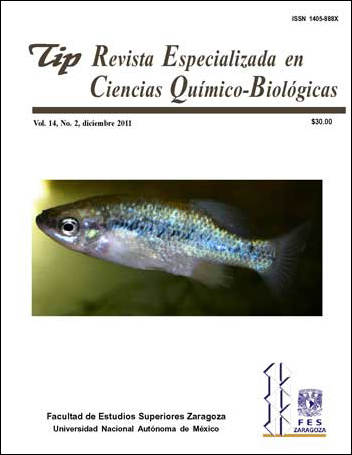Abstract
During the study of the reproductive biology of Anchoa mitchilli in the Pueblo Viejo Lagoon, Veracruz, Mexico, 3,385 individuals were analyzed (1,530 males and 1,855 females). Of these individuals, an organism of 45.0 mm standard length and 0.89 g in weight, showed that the right gonad (weight of 2.6 mg and 7.5 mm in length) corresponds to a normal ovary, while the left gonad (8.4 mg and 8.0 mm), has a section of ovarian tissue (three quarters) and a section of testicular tissue (one quarter). Even though the reproductive biology of A. mitchilli has been extensively studied, this report is the first record of an ovotestis for this inherently gonochoristic species, and in general, for any member of the Engrarulidae family. Although the presence of ovotestis in gonochoristic species has been related to a male feminization process due to exposure to endocrine-disrupting chemicals (EDCs), it is considered that the reported case is due to an anomaly as a result of an isolated endocrine dysfunction.TIP Magazine Specialized in Chemical-Biological Sciences, distributed under Creative Commons License: Attribution + Noncommercial + NoDerivatives 4.0 International.



